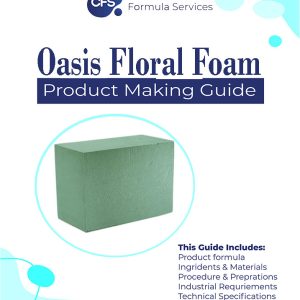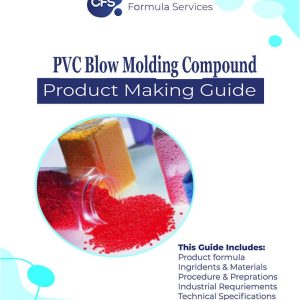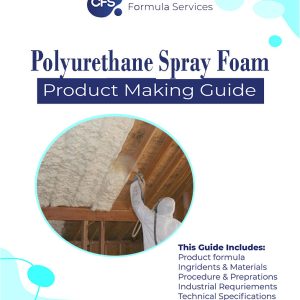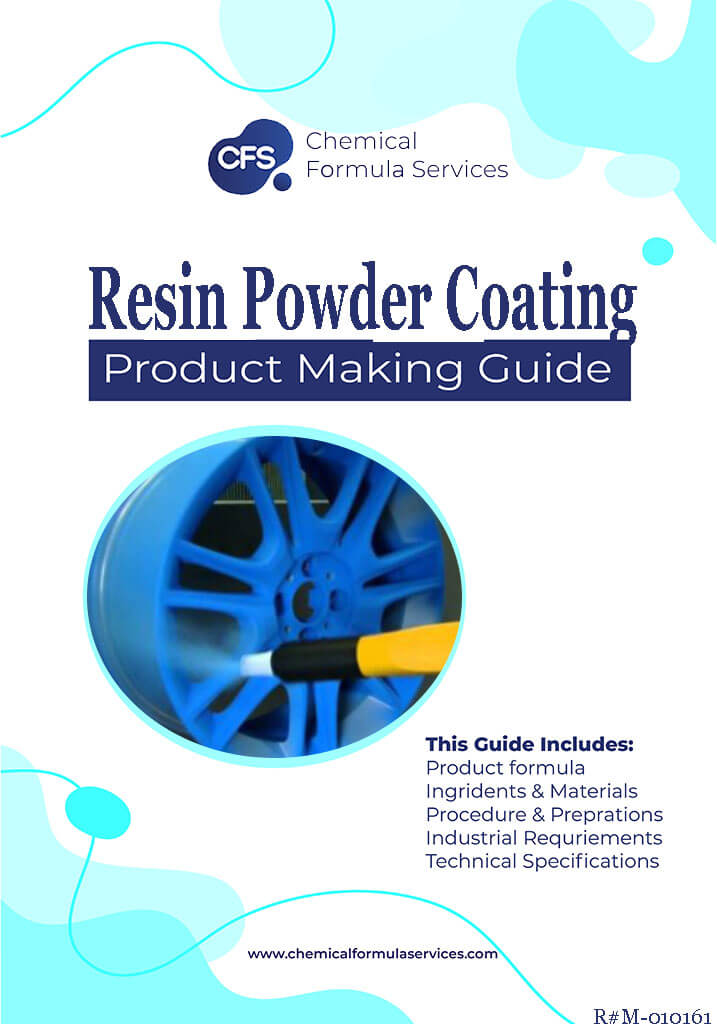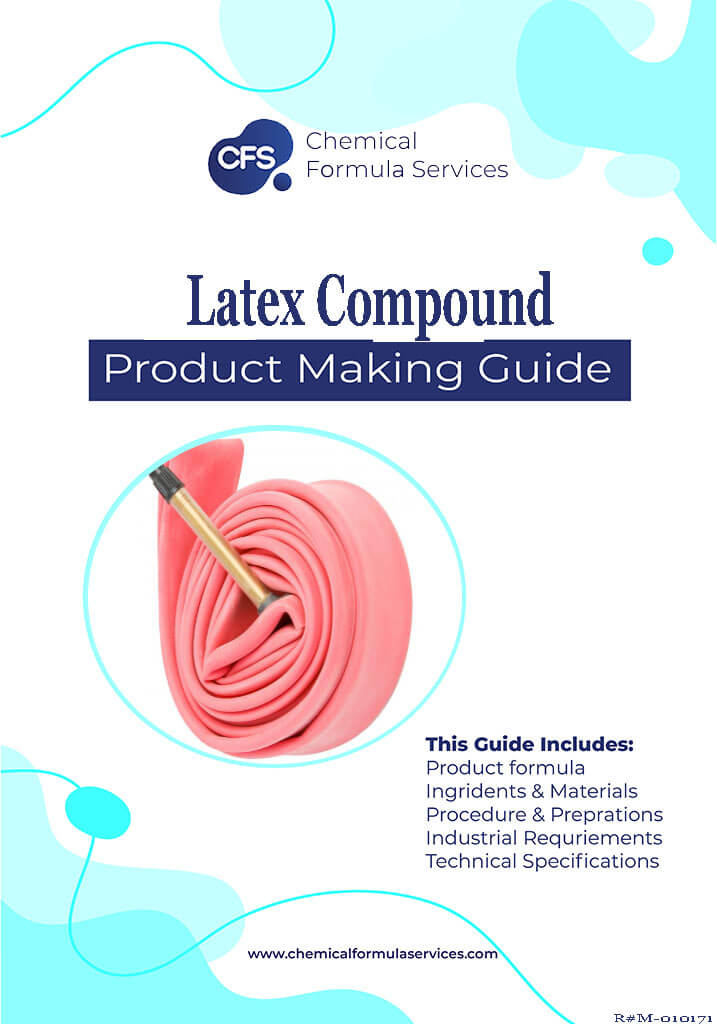Polyurethane Flexible Foam Formulation
$ 60
Description
Polyurethane flexible foam is a type of foam material that is widely used for its cushioning and comfort properties. It is created through a chemical reaction between polyols (polyester or polyether) and diisocyanates, resulting in the formation of a foam with an open-cell structure. This structure gives the foam its flexibility, softness, and resilience.
Polyurethane flexible foam Characteristics:
- Softness and flexibility: Polyurethane flexible foam has a soft and pliable texture, allowing it to conform to the shape of objects and provide comfortable cushioning.
- Resilience: It has good bounce-back properties, meaning it quickly returns to its original shape after compression, making it ideal for applications that require repeated use.
- Open-cell structure: The foam’s open-cell structure allows for air circulation and breathability, preventing the build-up of heat and moisture.
- Density and firmness: Polyurethane flexible foam is available in a range of densities and firmness levels. It allowing for customization based on specific application requirements.
- Durability: It is a durable material that can withstand regular use and maintain its shape and properties over time.
Flexible foam Applications:
- Furniture and upholstery: Polyurethane flexible foam is extensively used in the furniture industry . For cushioning seats, backs, and arms of sofas, chairs, mattresses, and pillows are using very frequently.
- Automotive seating: In the automotive industry for cushioning and comfort in car seats, headrests, armrests, and interior padding.
- Bedding and mattresses: This product is a popular choice for mattress production, providing support, comfort, and pressure relief.
- Packaging and padding: It is used as protective padding in packaging to safeguard delicate items during shipping and handling.
- Acoustic and soundproofing applications: This foam’ has a good sound-absorbing properties make it suitable for acoustic treatments in recording studios, theaters, and other noise-sensitive environments.
It’s important to consider factors such as density, firmness, and compression resistance when making flexible foam for specific applications. Manufacturers often provide foam grades with different properties to suit various requirements. Additionally, regulations and standards regarding foam flammability, VOC emissions, and environmental impact should be taken into account for relevant applications.


